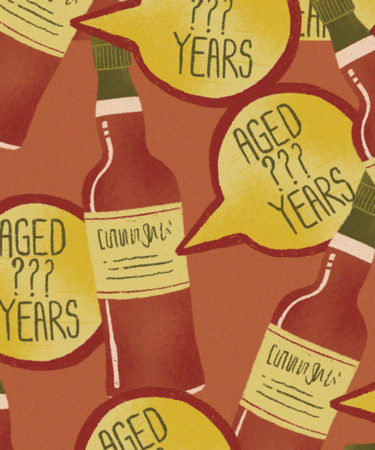Age statements are a tricky beast. When it comes to bourbon, we love the idea of drinking something with a bit of age on it, but often age alone is not what creates the most delicious liquid. Let me explain.
Almost all bourbon, unless it is single barrel bourbon, is created by blending several different barrels of whiskey together in order to create the most delicious liquid possible — that is why the role of master blender in bourbon is so important. When an age statement is stamped on a bottle of bourbon, the distillery is legally bound to not include a single drop in that bottle that is younger than that age. However, there is probably some bourbon inside the bottle that is much, much older. So that that 23-year-old Pappy you might have been eyeing actually has liquid inside the bottle that is 23 years and older. Pretty cool.
But that can also be pretty limiting. Most of us aren’t going to be compelled to buy a bottle of bourbon with an age statement of two years stamped on it, but adding a little two-year-old liquid to a blend might add balance and complexity to that bourbon that it couldn’t have using only bourbon that’s over seven years old (the lowest age that tends to be on a label). This is why, instead of creating an age-statement bourbon, the distiller creates a non-age-statement one.
So, don’t be a snob and insist bourbon with an age statement is the only type that is worth your time and money. Both have delicious liquid to offer in their bottles; some are just a little older, and maybe a bit wiser, too.
